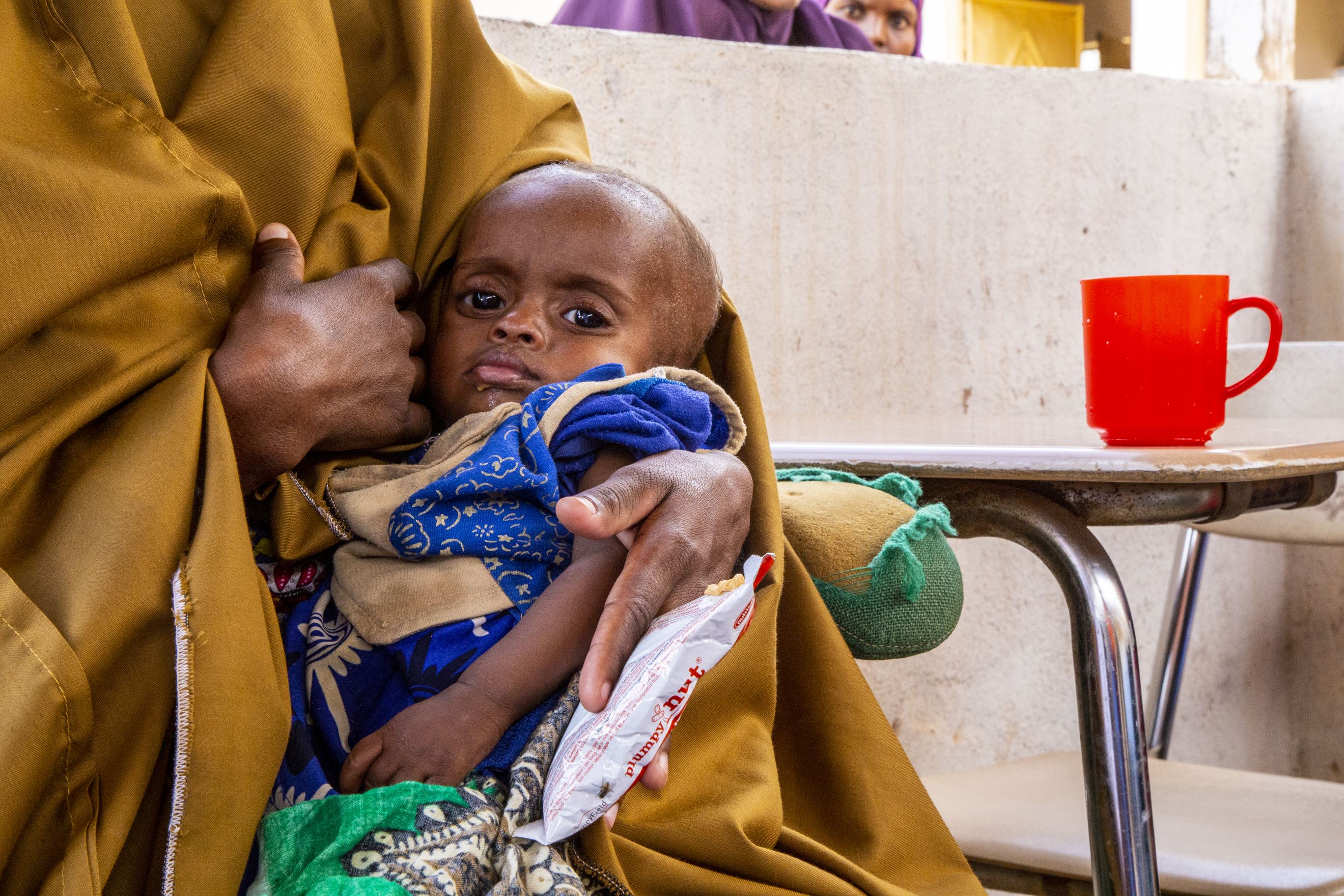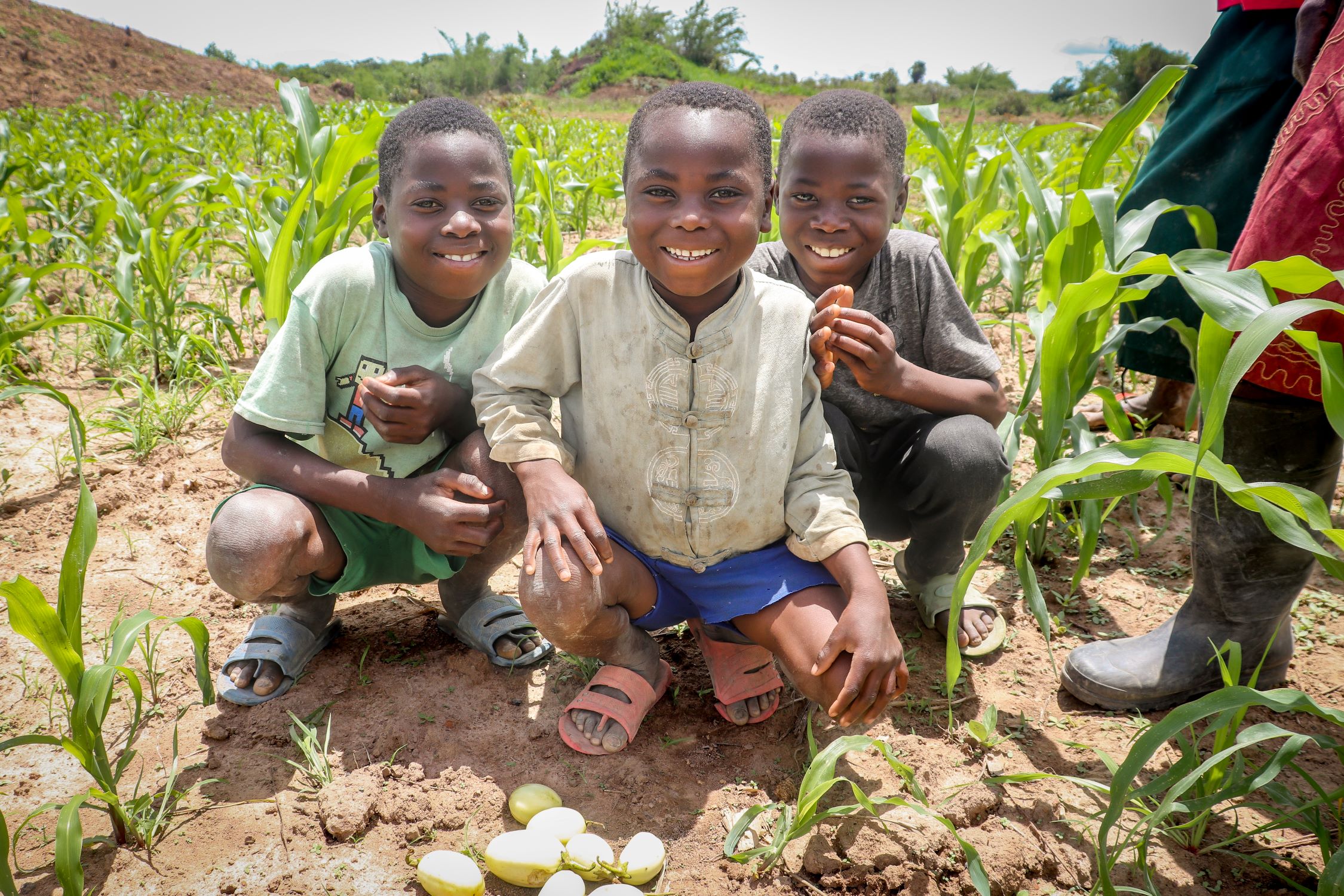
Child hunger
Why do children go hungry?
Child hunger is a problem across the globe, affecting millions of children every day. It is particularly prevalent in low-income countries and those experiencing conflict, but it also exists in wealthier nations.
As a Christian charity, we help hungry children and young people access nutritious foods so they can experience fullness of life. In this article we explore the effects of child hunger around the world and how you can help end hunger.
Keep reading to discover:
- What is child hunger?
- Is there enough food to feed the world?
- Why are children going hungry?
- Five effects of child hunger
- Child hunger in the UK
- How you can help hungry children
- What is World Vision doing to end hunger?
What is child hunger?
The United Nations defines hunger as an uncomfortable or painful physical sensation caused by insufficient consumption of the right food.
Children’s hunger refers to a serious condition that occurs when a child's diet lacks essential nutritious foods needed for growth and overall well-being. Child hunger can have significant and long-lasting negative effects on a child's health, cognitive development, and future opportunities.
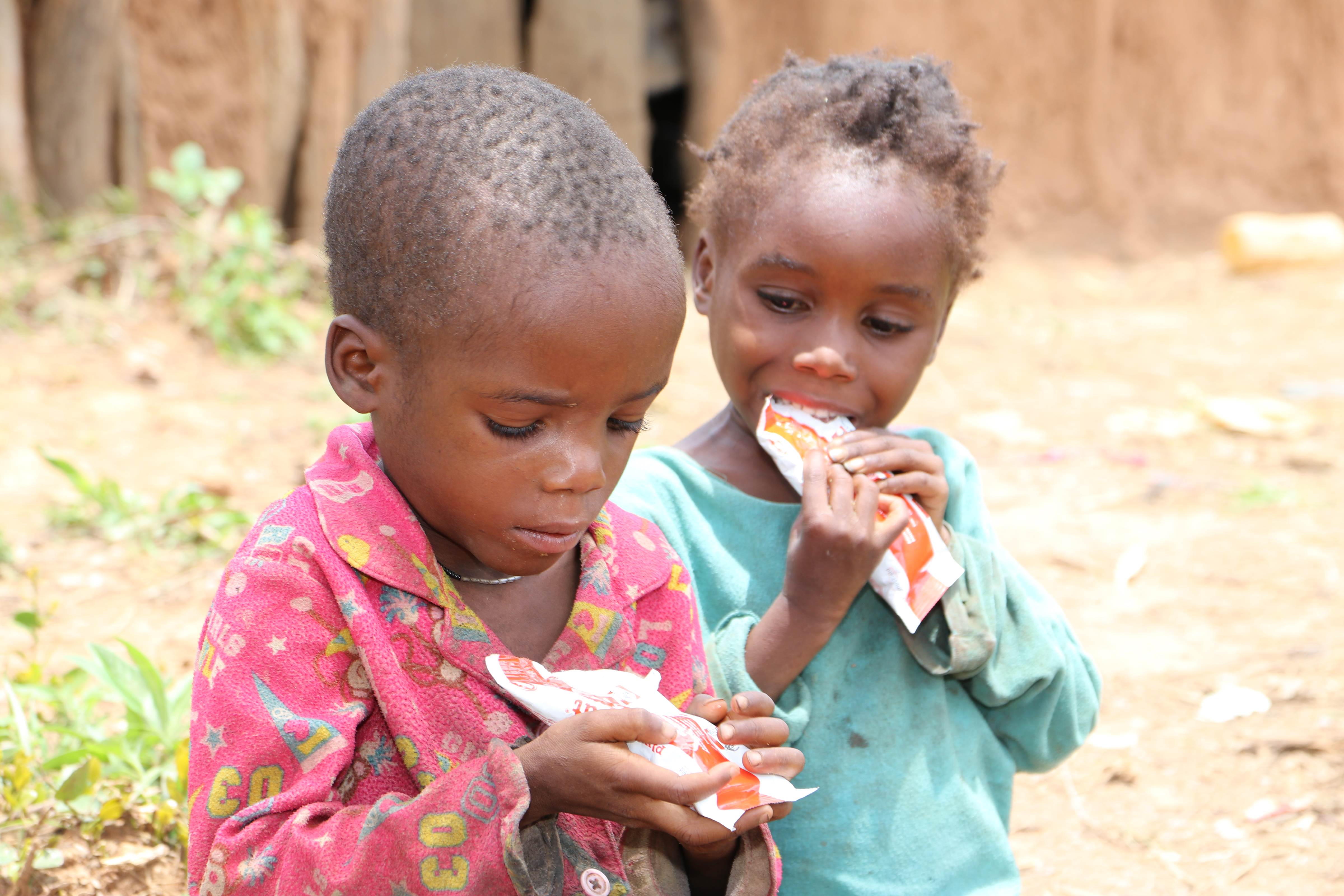
Is there enough food to feed everyone in the world?
The world produces around 8 billion tonnes of food per year, ENOUGH food to feed every girl, boy, man and woman in the world. Yet 783 million people in the world faced hunger last year.
Children are too hungry to focus at school or they’re married off so there’s one less mouth to feed. We’re facing a generation of disadvantaged children who will die or not be able to reach their full potential.
That’s why we’re saying ENOUGH is ENOUGH to child hunger.
Every child deserves nutritious food no matter what crises they face or where they live. Every family deserves to produce or buy ENOUGH of the right foods to eat.
Everyone can get involved in the ENOUGH movement. Donate to help hungry children, pray for them or join us in demanding the UK government to act now, without delay, to make a real impact on the lives of hunger children worldwide. You can help us put a stop to child malnutrition.
Around every 10 seconds, a child dies from malnutrition. Even one is too many.
Why are children going hungry?
The answer is a simple, yet complex one: poverty.
The largest global hunger crisis of modern history is unfolding before our eyes, with over 45 million children wasting (low weight-for-height).
Every day, families around the world have to choose how to use the little money or resources they have. Pay the rent? Keep the electricity on? Get their medication? Buy healthy food for three meals a day for the whole family?
Poverty has so many complex causes and affects every aspect of family life.
Here are just a few:
-
Sudden unemployment (how many redundancies have you seen recently?).
-
A rise in the cost of living (rent, food prices etc), which means money won’t stretch as far.
-
An emergency (such as a natural disaster or conflict) forcing you to leave your home or workplace – or both.
-
The climate crisis leaves families with failed crops, water scarcity and loss of livestock which directly impacts people’s livelihoods and ability to feed themselves.
-
Insufficient – or non-existent – welfare system, meaning children are faced with limited access to healthcare and nutritious food.
-
Loss of the family breadwinner (whether through death or separation) leaves – most often – mothers with a much larger financial burden and less free-time to earn a living.
Often, families facing poverty are experiencing a combination of these – and other – factors.
A growing number of families at home and abroad are dealing with at least one of the above. It could happen to anyone.
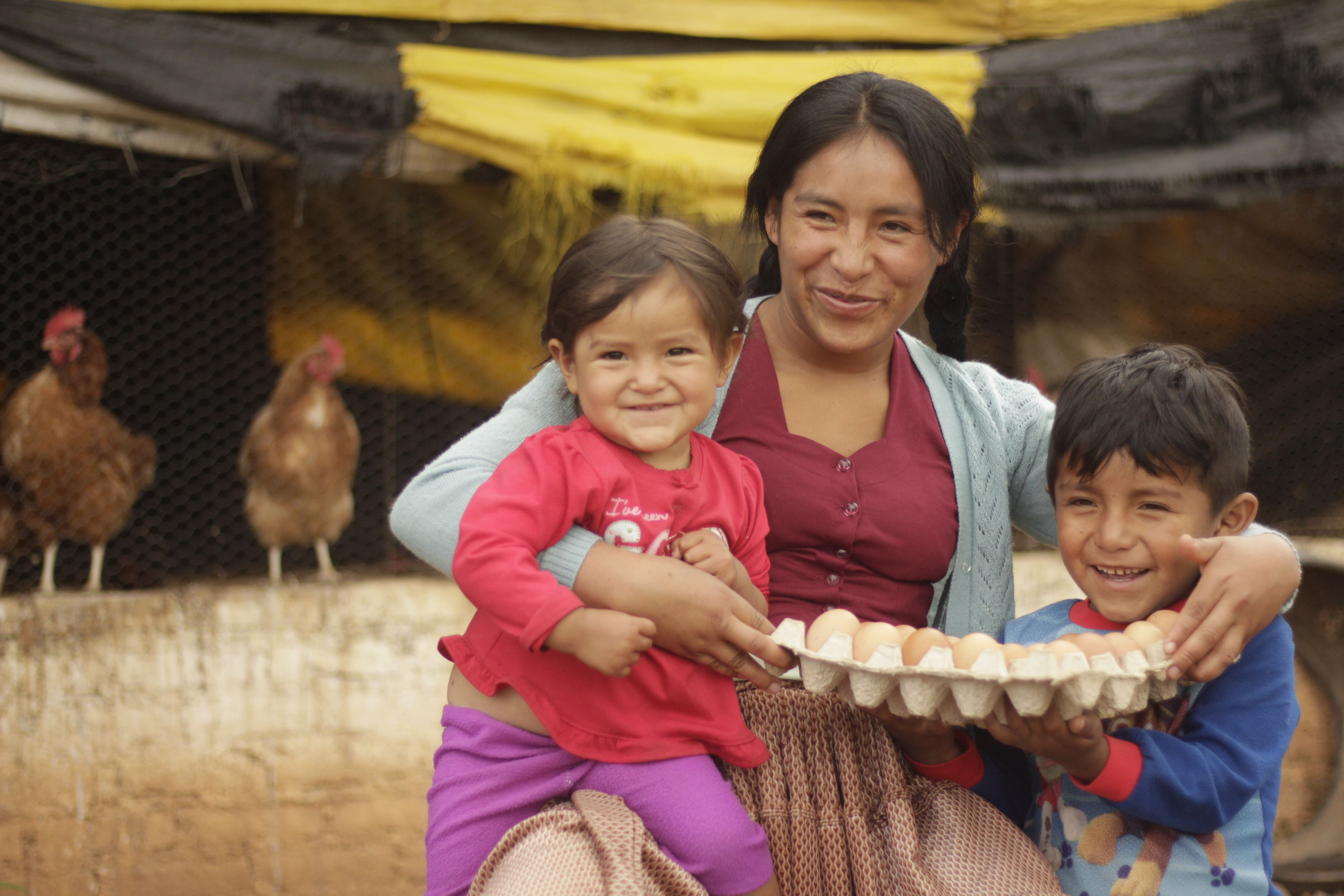
Five effects of hunger on children
-
Malnutrition: There are many forms of malnutrition. In essence, it’s the physical effects caused by not having enough nutrients for healthy growth. This can be due to a lack of food, eating foods that aren’t nutritious, or certain illnesses. Malnutrition can affect children in several ways, including: stunted growth and, in case of sudden and severe lack of food, wasting (defined as low weight-for-height).
-
Impaired development: If a child doesn’t take in enough micronutrients, their intellectual and physical development can be harmed. This can cause lifelong disability, developmental delays and mental disorders. For example, iron is key in a baby’s brain development, as is iodine. An iodine deficiency before birth can cause irreparable brain damage.
-
Low immune system: Higher risk of other diseases.
-
A stunted future: Children’s hunger can result in stunting, which is defined as low-height-for-age. It can impact brain development, making it hard for them to concentrate with an empty stomach or causing sickness which keeps them from going to school. Hunger robs a child of a good education – and limits their prospects for the future.
-
Reinforcing poverty: If a family is forced to use the resources they have on health costs to make their child well, they'll have even less for housing and food.

Child hunger in the UK
The cost-of-living crisis is increasing household food insecurity in the UK, with recent studies showing that four million children in the UK are affected by food poverty.
With food price increases, the Trussell Trust saw more than 760,000 people forced to turn to the charity’s food banks for the first time between April 2022 and March 2023.
In July and August 2023, 97% of adults in Great Britain noticed a price increase in their food shopping, and 47% admitted to spending less on essentials, including food.
Household food poverty or food insecurity can be defined as lacking an adequate quality or enough food.
How can I help protect hungry children in the UK?
While we don't have programmes in the UK, many of the methods we use can work here too.
When it comes to keeping children fed and healthy, here are some of the ways our communities are helping each other:
- Community kitchens: Community members come together to share resources and recipes, feed their more vulnerable neighbours and build stronger relationships.
- Vegetable gardens: Families – and even schools – grow fresh, nutritious fruit and vegetables to feed and nourish their children with.
- Better family incomes: Through training in a new skill or strengthening their business practices, families can generate more income
- Savings and Loans groups: Small groups each contribute to a pot every month. They’re able to take loans from this fund and pay it back at low interest. In some of the communities we work with, successful groups have been able to help families in their area hit by hard times. Similar community savings groups and credit unions have been growing here in the UK over the last few decades.
- School meals: Making sure all schoolchildren can have at least one nutritious meal a day.
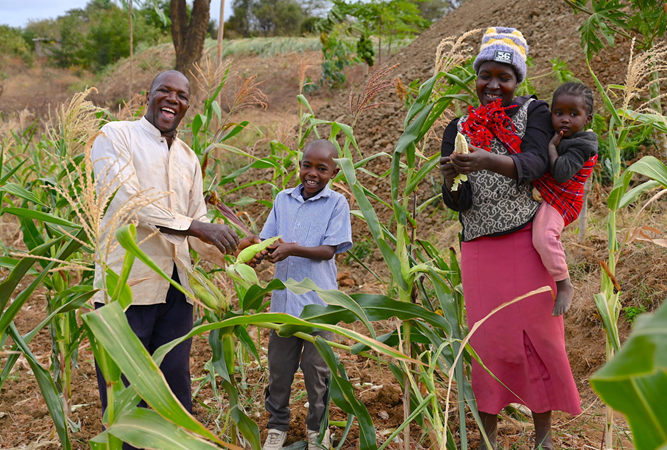
How World Vision is helping end hunger
When disaster strikes, we respond quickly by reaching children and their families with life-saving food. We partner with the World Food Programme to support families to feed their children nutritious food, and we help them rebuild after crises. Thanks to donations, we can provide immediate relief and train communities in climate-resilient farming and business skills, helping them to increase their income and become self-sufficient.
How can I protect hungry children around the world?
As a children’s charity, World Vision is working in nearly 100 countries across the globe, tackling malnutrition, providing life-saving food, clean water, protecting children from harm and improving livelihoods. And we’ve been doing it for more than 70 years. We know that there is no one-size fix for poverty. Instead, there are often many things that need to change or improve.
Together, we can reach more children with life-saving food.


